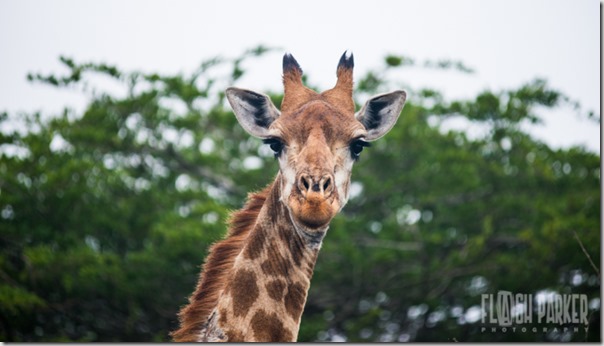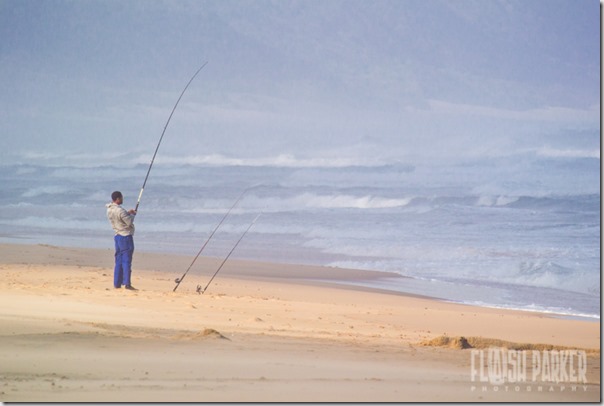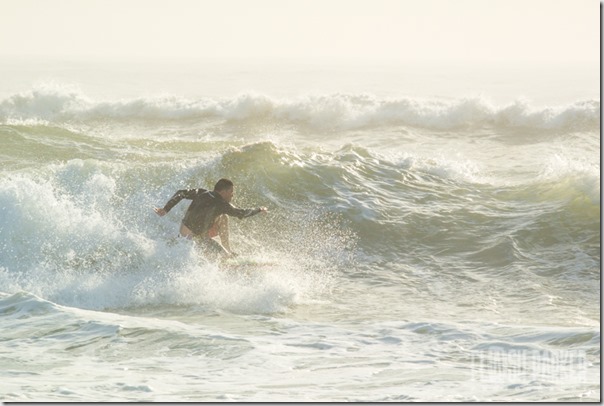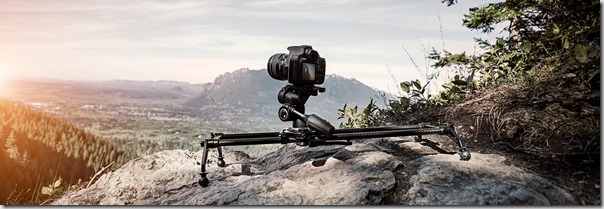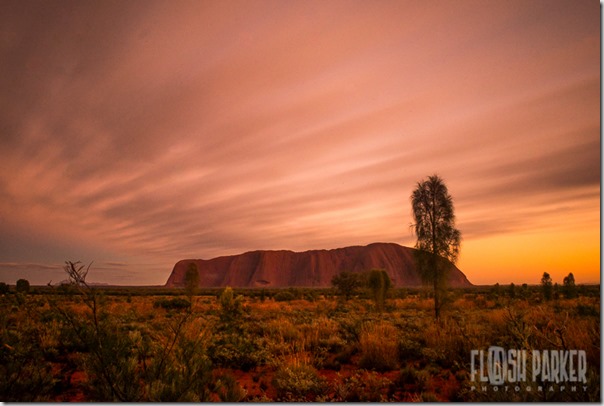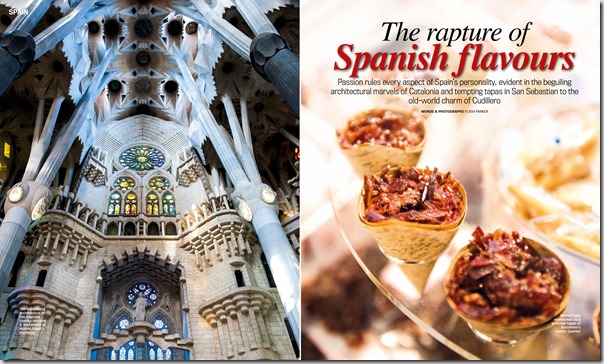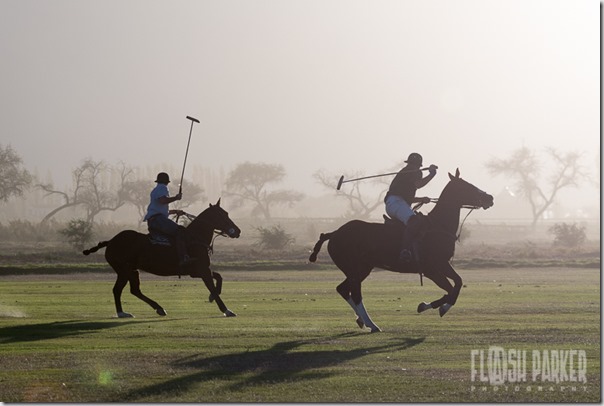I love it when I get sent to the beach.
The beach means sun and sand and surf, frosty margaritas, and Speedo fishnet juniors. I’ve had the same one since I was twelve, and though it has frayed a bit at the edges, it still fits like a charm.
Beyond the inappropriate swimwear, I always look forward to casting a spell over the ocean. From the moment I picked up a camera, I’ve loved long exposure photography, its power to manipulate water, and how it can transform what would otherwise be a mundane scene into something visually stunning and ephemeral (as ephemeral as a photo can be, anyway).
A couple of months ago I was sent down to the Dominican Republic to wrap my head around Punta Cana. I had an amazing time – between diving excursions, helicopter trips, lagoon cruises and horseback rides, I found some time – and the required energy – to shoot when the sun went down.
I go at the ocean with an image already in my head – I’m not reacting to the setting and the scene as much as I am manipulating it. To manage this manipulation, I need a few tools.
THE GAZEBO BLUES

The Down and Dirty:
*I wrote the following few paragraphs when detailing the Uluru long exposure frame a few months back. Just a quick refresher here, as many concepts remain the same.
“If you’re a fan of long-exposure photography but never knew where to begin – if the process of setting up and shooting such an image has ever seemed intimidating – this walkthrough should please you. It’s deceptively simple to put together a frame like this, and if you follow these steps, you’ll be out the door and firing away in no time.
“The first thing to consider when planning a long-exposure image is just what you want the final frame to look like. Take a look at your scene; are the clouds moving quickly? Do you have have running water somewhere in the frame? If the answer is yes, a long-exposure image should be able to lend a feeling of motion to your photograph. But also keep in mind elements that can become distracting. Do you have trees, grass, or other foliage in the frame that can be affected by the wind? If the answer is yes, then there’s the potential to add distracting blur with a long exposure.
“Now, if you’ve done any sort of long-exposure work on an DSLR in the past, you know that most cameras can’t go past the 30 second exposure limit without a timer; you could easily pull off this same shot with a simple cable release, but I prefer to do all of my timed work with a Trigger Trap Mobile Dongle + App; this bit of kit is invaluable for long-exposure photography, and is my go-to gear for star trails, bramping, timelapses, and more. Now, knowing that your camera can only make an exposure reading for a maximum of 30 seconds, you need a way to exposure properly for anything longer than that. You don’t want to guess at correct exposure when shooting for 3, 5, or 10 minutes at a time – that’s a long time to wait while you goof up an image, especially when good light is so fleeting.”
So here we are – now on to the beach!
Step by Step:
1. Compose your scene. Lock in the “look” before you start fiddling around with exposure, timers, etc. so that you can be confident you’re going to get the image you want. Oh, and make sure you’re set up on a sturdy tripod.
I wanted the gazebo to stand out in my frame, but I also wanted to catch a bit of sky and sea. The water was fairly rough, so I knew from past experience that an exposure time beyond 30 seconds was going to smooth it out nicely. Heck, I could have smoothed out the water with a 10 or 15 second exposure – but I also wanted to smooth out the slow-moving clouds.
2. Lock your focus; I focus these scenes manually (I often do this in Live View and “peak” to ensure pinpoint accuracy). Here, of course, I focused on the gazebo. It doesn’t get any easier.
3. Set your exposure length via your timer (buy yourself a Trigger Trap if your camera is incapable of shooting anything beyond 30-second exposures; this little piece of kit has made my job incredibly easy).
For this image I knew that I wanted to smooth our those pesky clouds, so I dialed in an exposure length of 3 minutes. This is all about personal preference; 30 seconds would have easily smoothed out the water, but left the clouds fairly well formed. The length of the exposure greatly affects the look of the final image, and is all about what you want to see.
4. Open the shutter, and relax. Grab a coffee and marvel at your surroundings. Do what you do with time to kill in one of the world’s most beautiful places.
Image Specs:
Camera: Nikon D800
Lens: Rokinon 14mm f/2.8
Aperture: f/20
ISO: 50
Shutter Speed: 180 seconds
Focal Length: 14mm
THE NIGHT
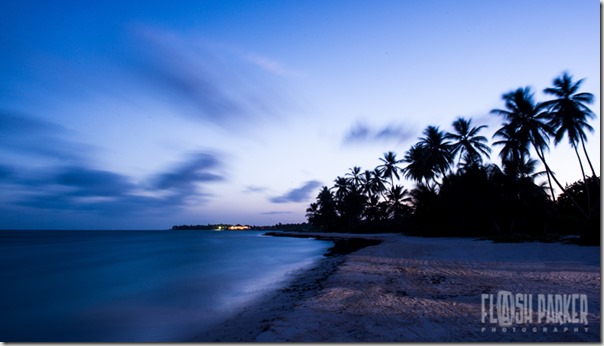
This image is a prime example of what moving objects can do to your scene – see Exhibit A: Punta Cana palm trees. However, in this case I quite like the movement; it lends a bit of ephemeral flare to the image, and works decently well with the cloud streaks and the smooth water. Again, this is personal choice; some photographers want trees to be still, others don’t mind a bit of motion blur.
Two things changed between the first image and this one: first, the lens: I swapped out my ultra-wide for my standard zoom, and shot at 29mm. Second, the shutter speed: I had more light (thanks to the setting sun beyond the trees) and thus didn’t need to expose for 180 seconds – in this image I opened the shutter for 120 seconds.
It always amazes me just how much you can change the look and feel of a scene just by adding or subtracting a few seconds from your shutter speed. Making this sort of image is deceptively simple – you can easily practice with any camera that shoots up to 30 second exposures – but to really take your gear to the next level, invest a few pennies into a release like the incredible TriggerTrap.
For the Making of both images:
2. Rokinon 14mm f/2.8 lens and Nikkor 24-70mm f/2.8 lens
3. 77mm B+W Kaesemann XS-Pro Circular Polarizer
4. Trigger Trap Mobile Dongle + App
5. Manfrotto BeFree Carbon Fiber Travel Tripod
Special Thanks:
Special thanks to my friends at AFAR Magazine for sending me on an incredible assignment to one of the Dominican Republic’s most remarkable locations. Also to my gracious hosts at the Puntacana Resort & Club – the Dominican’s premiere vacation destination.
Catch up with me on Twitter: @FlashParker
Follow my photography adventures on Instagram: FlashParker



